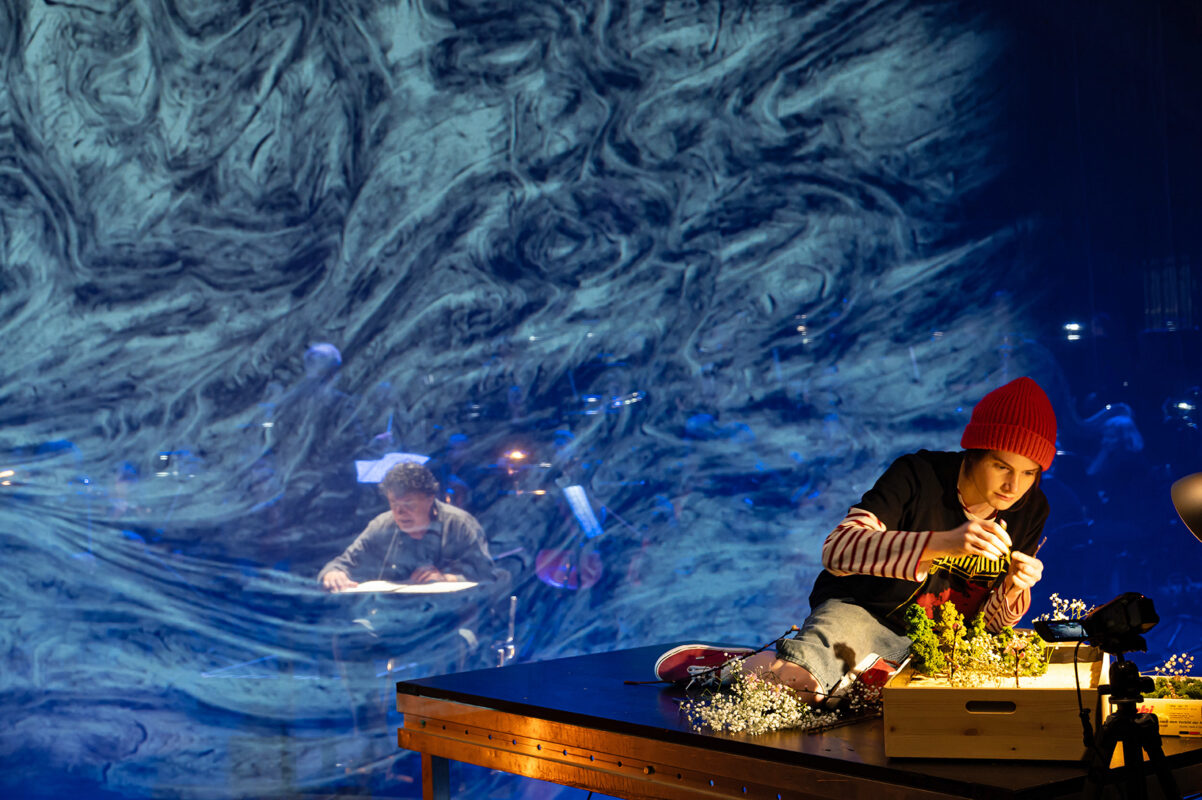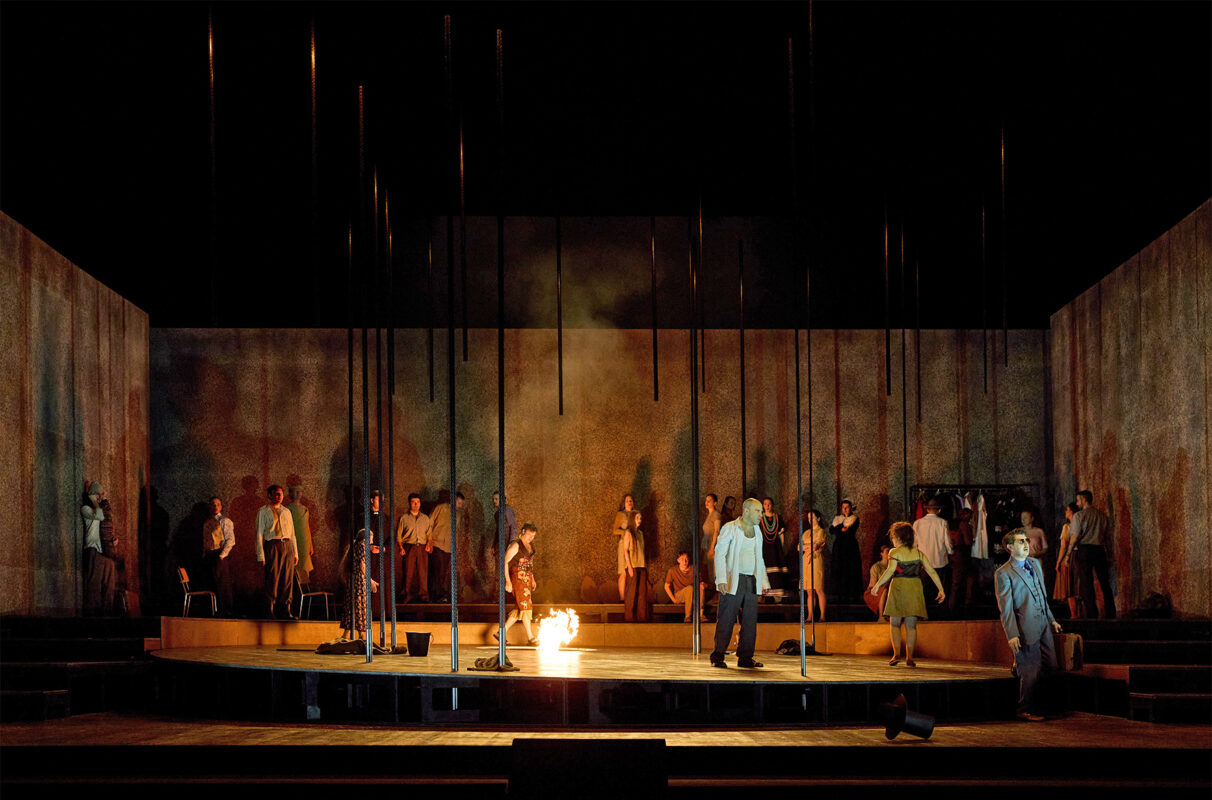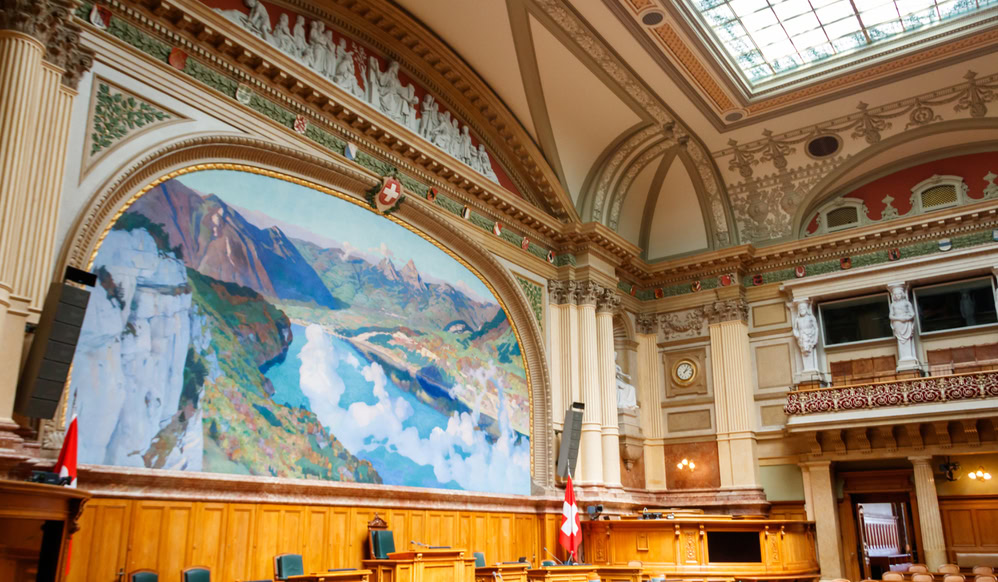Back home again
In 1899, the "Florhof" in Zurich was built for the music school. This is documented in a walled-in document. The return to the former headquarters was celebrated on May 27, 2016.
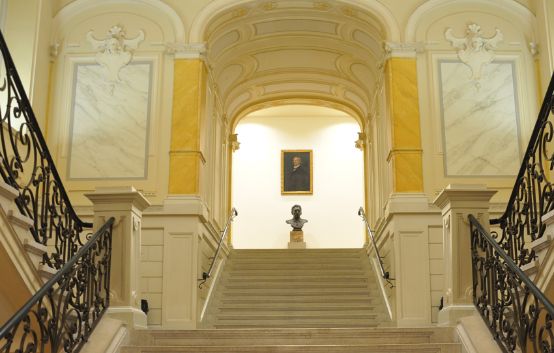
Almost everyone who is anyone in the world of music education in Zurich gathered at the old/new Florhof last Friday. The purchase of the listed building by the city for the music school made a facelift necessary. This was a complete success. The almost 120-year-old building, built by architects Kehrer and Knell in the historicist neo-Renaissance style, which was considered chic in Zurich at the time, has a majestic yet friendly appearance. The major renovation in 1987 laid the foundations for its current use. Around 800 net additional square meters were wrested from the old building shell. Today, 43 music rooms, two ensemble rooms, a small and a large hall are available for teaching, in addition to the administration and management rooms of the Musikschule Konservatorium Zürich (MKZ).
-
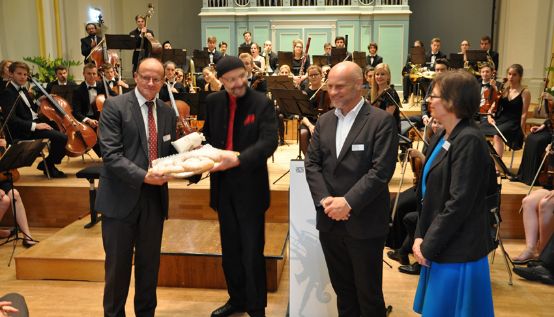
The President of the Förderstiftung Andrea Raschèr at the symbolic handover of the keys to City Councillors Gerold Lauber (left) and André Odermatt, assisted by Cristina Hospenthal
Cristina Hospenthal, who is still the director, welcomed one former and two current city councillors. In his speech, Gerold Lauber from the Department of Education and Sport gave an outline of the building and school history. André Odermatt (Head of the Building Department), himself a former music pupil at Florhof, expressed his "incredible joy" at the successful securing of the building for the MKZ. Special mention was made of the presence of former city councillor and current president of the Tonhalle Society Martin Vollenwyder, who has also recently been appointed president of the foundation board of the Swiss Youth Music Competition.
-
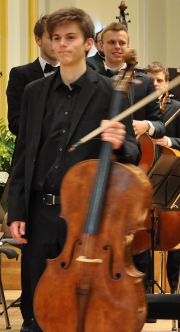
In his speech, Andrea Raschèr, President of the MKZ Promotion Foundation, emphasized its broad promotion policy, which ranges from classroom music-making to top-level promotion.
The invited guests were able to see the quality of this top-class music for themselves during the performance of Edward Elgar's Cello Concerto in E minor with soloist Samuel Niederhauser (see picture opposite). Niederhauser, prizewinner of the aforementioned foundation, pulled out all the stops available to him as a young artist. Prior to this, the Zurich Youth Symphony Orchestra, conducted by David Bruchez-Lalli, explored the formidable acoustics of the Great Hall in a vivid and transparent interpretation of Felix Mendelssohn's Hebrides Overture, right down to the fortissimi.
The circle closes
The Zurich Music School is celebrating an impressive anniversary this year. Lessons began 140 years ago in the Haus zum Napf. According to the commemorative publication (The new/old house, Zurich Conservatory and Music AcademyZurich 1987, ed. Markus Müller) at the inauguration of the renovated conservatory building "for him to remain in Zurich on the condition that a music school be founded". Hegar's condition was accepted. The "Music School in Zurich" foundation was established in 1876 and Hegar was appointed director of the new institute. Lessons began in the same year. From the outset, there were two departments, the "Dilettantenschule" and the "Künstlerschule"; in the 1920s, they were renamed the "Allgemeine Musikschule" and the "Berufsschule".
The space in the Haus zum Napf soon became too small and the company started looking for a suitable plot of land to erect its own building. This was found in 1899 on Florhofgasse. It took just under two and a half years from the initial planning to the start of teaching, including a strike by the stonemasons lasting several months - a rapid achievement.
In 1956, the conservatory, as it had been called since 1907, was renamed the "Conservatory and College of Music". Gradually, the focus of education shifted towards vocational training, not least due to the establishment of numerous youth music schools in the region. The merger with the Konsi Winterthur took place in 1999 and one year later the Zurich University of Music and Theater was founded, followed by the ZHdK in 2007. The Florhof had long since become too small and with the relocation of the Department of Music to the Toni-Areal in 2014, the venerable building became available again for the Konsi, which in the meantime had merged with the Zurich Youth Music School to form MKZ. With the purchase, the intended use was also determined: The Florhof may only be used for the music school for the next 30 years.
The circle has come full circle in a miraculous but not self-evident way: "It was no walk in the park," sighs Director Cristina Hospenthal, but thanks to the tireless efforts of all those involved, combined with the benevolent attitude of Zurich City Council and ultimately the sovereign, the City of Zurich was able to acquire the building. The project was approved at the ballot box a year ago with 74 percent of votes in favor. The costs, including the gentle renovation, amounted to CHF 30 million.
The legacy of the builders is forever embedded in the foundations of the Florhof: "The building, in whose foundation stone this document was laid, was built in 1899-1900 for the Music school in Zurich been erected".






